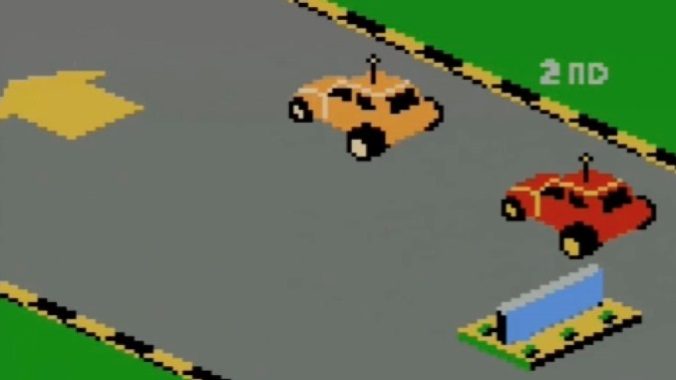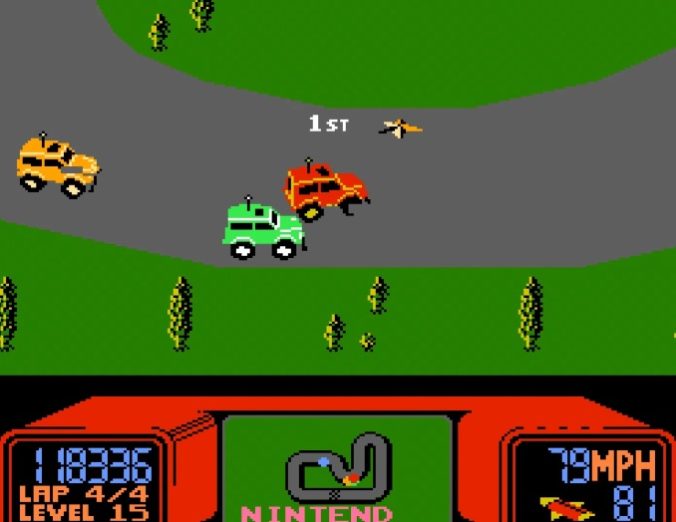An Overlooked NES Classic Is Back on Nintendo Hardware After 36 Years

Five games from the ‘80s and ‘90s were added to Nintendo Switch Online yesterday. It’s great news for all the old Nintendo heads out there, especially ones partial to Rare, the British studio that made some of the most popular games on Nintendo consoles during a relationship that spanned 17 years (eight of which saw Rare outright owned by Nintendo). Five Rare games across three different consoles are now available to Switch Online subscribers, from Super Nintendo games in the Battletoads and Killer Instinct franchises, to the cult favorite Nintendo 64 game Blast Corps. Most importantly—and kind of lost in most of the media coverage of the new additions—is the return of R.C. Pro-Am to Nintendo hardware. The games media kind of slept on this a bit, but this is one of the most important releases yet for Nintendo Switch Online.
R.C. Pro-Am, which was developed by Rare but published by Nintendo, was a crucial game for the NES in 1988. The remote control car racer was hyped in Nintendo Fun Club News, Nintendo’s in-house precursor to Nintendo Power, before its release, and often written about across the first few issues of Power. By 1988 the NES market was flourishing and it was impossible to keep up with every new game, and Nintendo’s marketing push helped R.C. Pro-Am cut through the clutter and become one of those games that everyone was familiar with. If you didn’t own it, you probably played it at a friend’s house, or at least rented it. It made a deep impression on players at the time, one that persists to this day; it came in at #34 on our list of the best NES games, while a previous Paste games editor, Jason Killingsworth, called it the eighth best game for the system in an earlier version of that list. It plays very differently from Mario Kart, but in a pre-Mario Kart world, R.C. Pro-Am was the party game racer for Nintendo fans.
Nintendo pushed it hard through their in-house publications, but that alone couldn’t make a game a hit, much less one that became as big and beloved as R.C. Pro-Am. Kids flocked to it because it was a genuinely great game, one that was especially fun to play with friends. If you couldn’t tell by the remote control car theme, it doesn’t take racing too seriously, and has a slightly cartoonish aesthetic that’s warm and inviting. Its use of in-race power-ups and hazards keeps things interesting and competitive, while permanent upgrades give players a sense of progress from race to race. Races are also really short, which can easily hook a player into one of those hard-to-break “just one more” loops. (Seriously, I had a brief R.C. Pro-Am resurgence in college, and I had to stop because I’d regularly find myself staying up deep into the early hours of the morning just racing against the computer.) And perhaps the most crucial part of its success, beyond even how fun it is, is that it’s almost impossible to not understand this game. At a time when games were still relatively new and even regular players hadn’t yet internalized gaming skills or literacy, R.C. Pro-Am was as clear and obvious as a stop sign. Anybody who had ever picked up the NES controller before would immediately understand how to play it.
